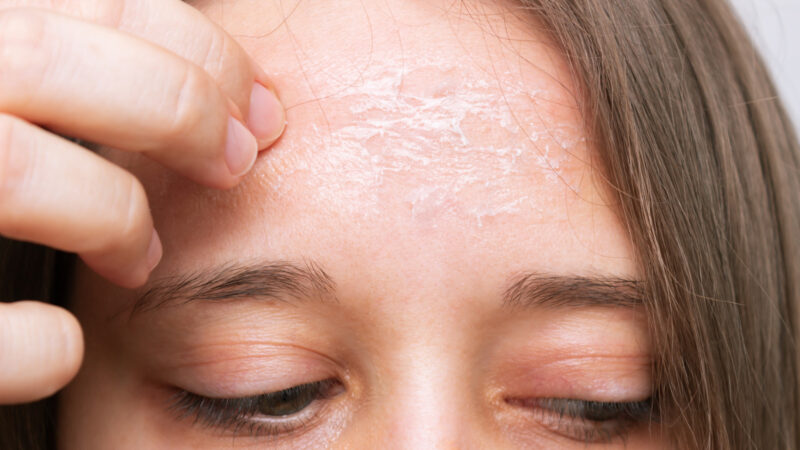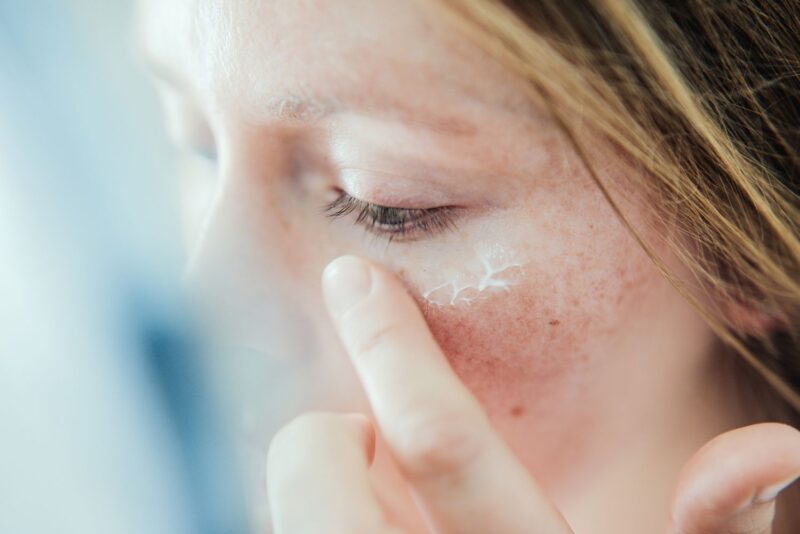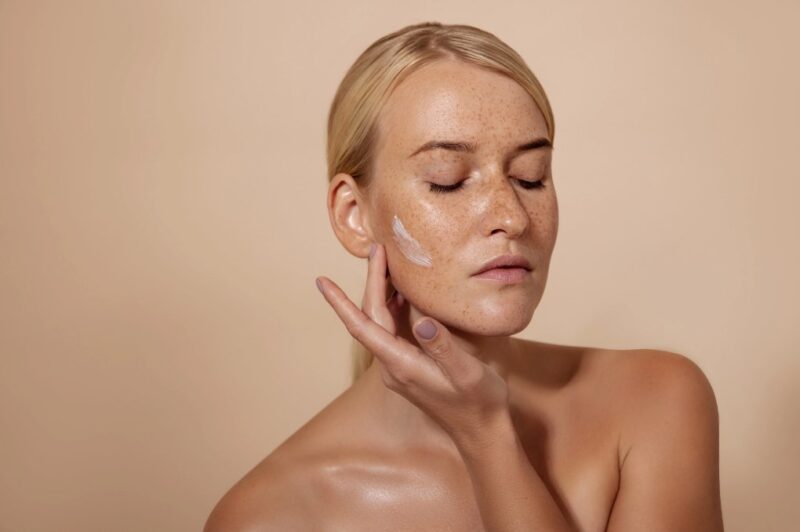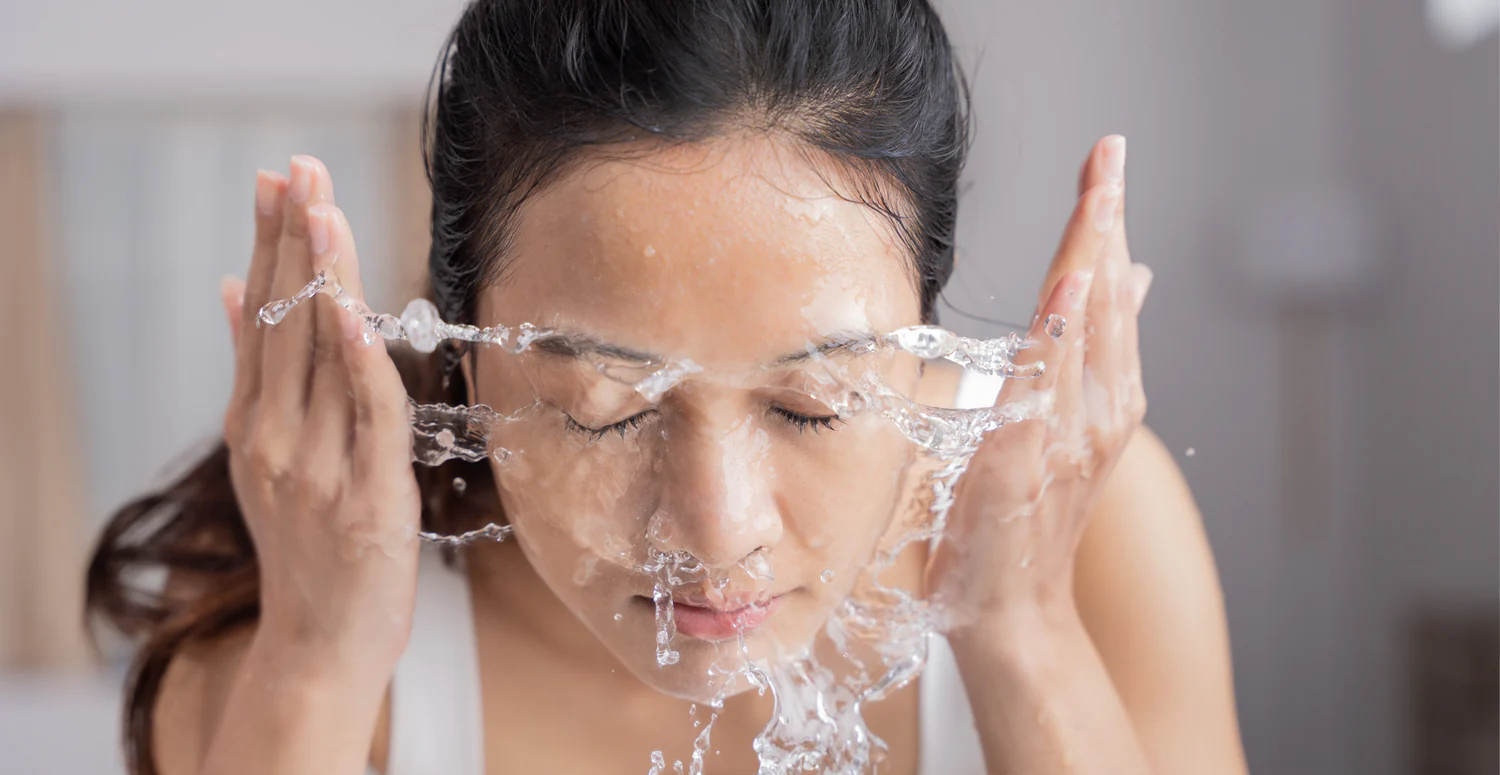Facial dryness might seem like a small problem. But if your face feels rough, tight, or flaky all the time, it could be a warning sign. Not every case signals danger—but some do. Your face can reveal early signs of deeper issues long before you notice anything else in your body.
Let’s walk through the most important causes. Some are easy to fix. Others need real attention.
Key Highlights
- Persistent dryness can be linked to internal health conditions
- Certain disorders cause irritation, redness, or rough texture
- Vitamin shortages often impact the face first
- Seasonal changes and hot water cause serious facial discomfort
- Some medications dry out your face as a side effect
- Professional treatments restore balance and help prevent deeper issues
What Causes Facial Dryness in Most Cases?
For many people, roughness around the cheeks, nose, or jaw starts with habits or weather—not disease. Environmental exposure strips away natural oils. Add in harsh cleansers or showers, and moisture vanishes fast.
Cold Air and Low Humidity
Winter wind, dry indoor heat, and pollution all reduce surface hydration. Your face becomes exposed more than any other area, so it’s affected first.
Overwashing and Harsh Products
Daily cleansing matters—but more isn’t better. Frequent washing or using alcohol-based toners can wear down the surface barrier. Once it’s weak, water loss happens quickly.
Hot Water and Chlorine
Steamy showers feel great. But if your cheeks feel tight afterward, that’s a red flag. Heat dissolves protective layers, and chlorine exposure speeds up the problem.

Medical Conditions Behind Facial Dryness
If your cheeks feel rough no matter how careful you are, don’t ignore it. Internal health issues often show up here before they appear elsewhere.
Eczema or Psoriasis
These two cause scaly or red patches that often appear first around the nose, forehead, or jawline. They create discomfort and need proper diagnosis—not just moisturizer.
Hypothyroidism
A slow thyroid reduces oil production. That leads to dullness, cracks, and pale texture. If this condition isn’t managed, other symptoms like fatigue and hair thinning follow.
Early Signs of Diabetes
Dryness around the mouth or eyes could signal changes in blood sugar. High glucose affects circulation and healing, which leads to rough, irritated patches.
Seborrheic Dermatitis
It may look like basic dryness, but this condition causes greasy flakes and redness, especially near eyebrows and sides of the nose. It often needs medical creams or antifungal solutions.
Where to Get Real Help
If your skincare products aren’t working, you may need expert help. If you are looking for facial near me services, Moon Valley Med Spa offers personalized services designed for long-term restoration. Located in Phoenix, they use tailored treatments to boost hydration, smooth texture, and treat irritation. Their experienced team analyzes your specific concern and recommends the right approach—from advanced facials to hydration therapy and beyond.

Nutrient Shortages That Affect Your Face
Your diet matters more than most people realize. If you’re low in specific vitamins or fats, it often shows up on your face before anywhere else.
Lacking Vitamin A
This vitamin helps the surface renew itself. When it’s missing, old cells build up and create rough spots that feel bumpy or itchy.
Low Vitamin D
People with low levels often notice thin, fragile texture and dull tone. Exposure to sunlight helps—but many need supplements too.
Missing Vitamin E
This antioxidant protects against outside stress. Without it, the barrier weakens fast, and moisture loss increases.
Not Enough Omega-3s
Healthy fats help seal in hydration. If your lips, mouth corners, or nose area feel flaky all the time, you might need more in your meals.
When to Worry About Facial Dryness
Some signs show up slowly, but others require attention right away.
- Painful cracks or bleeding
- Redness spreading quickly
- Constant itching or burning
- Thick patches with raised edges
- Lack of response to moisturizers
Any of these could mean you’re facing more than just environmental dryness.

Hormonal Shifts That Dry Out the Face
Your hormones influence moisture balance more than you might expect. Fluctuations can cause roughness or thinning overnight.
After Menopause
Estrogen drops cause lower oil production. That leads to thinner surface layers and deep discomfort, especially around the mouth and cheeks.
Hormonal Medications
Switching birth control or using hormone therapies often triggers temporary changes. Some women notice flaking, while others report breakouts followed by rough patches.
Stress Effects
Chronic stress increases cortisol. That hormone weakens the outer layer and reduces healing. Many people find their face becomes irritated during high-pressure periods.
Medical Treatments That Lead to Facial Dryness
Sometimes prescribed treatments cause dryness as a side effect.
- Retinoids – Popular in anti-aging and acne plans, but often trigger flaking during early use
- Accutane – Strong acne medication that shrinks oil glands
- Antihistamines – Reduce water retention, which affects moisture levels
- Diuretics – Used for heart or blood pressure issues, but cause internal dehydration
Always speak to your doctor if you notice sudden irritation after starting a new medication.
How to Manage and Prevent Facial Roughness
You don’t always need medical treatment. But you do need consistency. A few changes can make a big impact over time.
Gentle Routines Work Best
- Use mild cleansers without alcohol
- Avoid foaming washes that leave a tight feeling
- Apply creams while your face is still damp
- Choose formulas with ceramides, squalane, or hyaluronic acid
Skip aggressive scrubs. Go for a soft cloth or chemical exfoliant once per week, maximum.
Water Temperature Matters
Always use lukewarm water. Pat your face dry gently—never rub with a towel.

When You Need More Than Moisturizer
Persistent facial dryness may require advanced care. If you’ve tried all the basics and still struggle, consider medical-grade treatments.
Popular options include:
- Deep hydration facials
- Light therapy for inflammation
- Microneedling to restore balance
- IV therapy to improve hydration from inside
- Targeted serums matched to your skin type
Final Thoughts
Facial dryness might look simple. But it can mean more. Some cases just need better care and good products. Others point to serious issues like thyroid disorders, vitamin gaps, or inflammation. If you notice constant irritation, cracking, or scaly spots, don’t brush it off.
Track your habits. Watch your diet. Seek help if things don’t improve in a few weeks.
Early action prevents lasting damage. Your face reflects your overall health—keep it protected.

